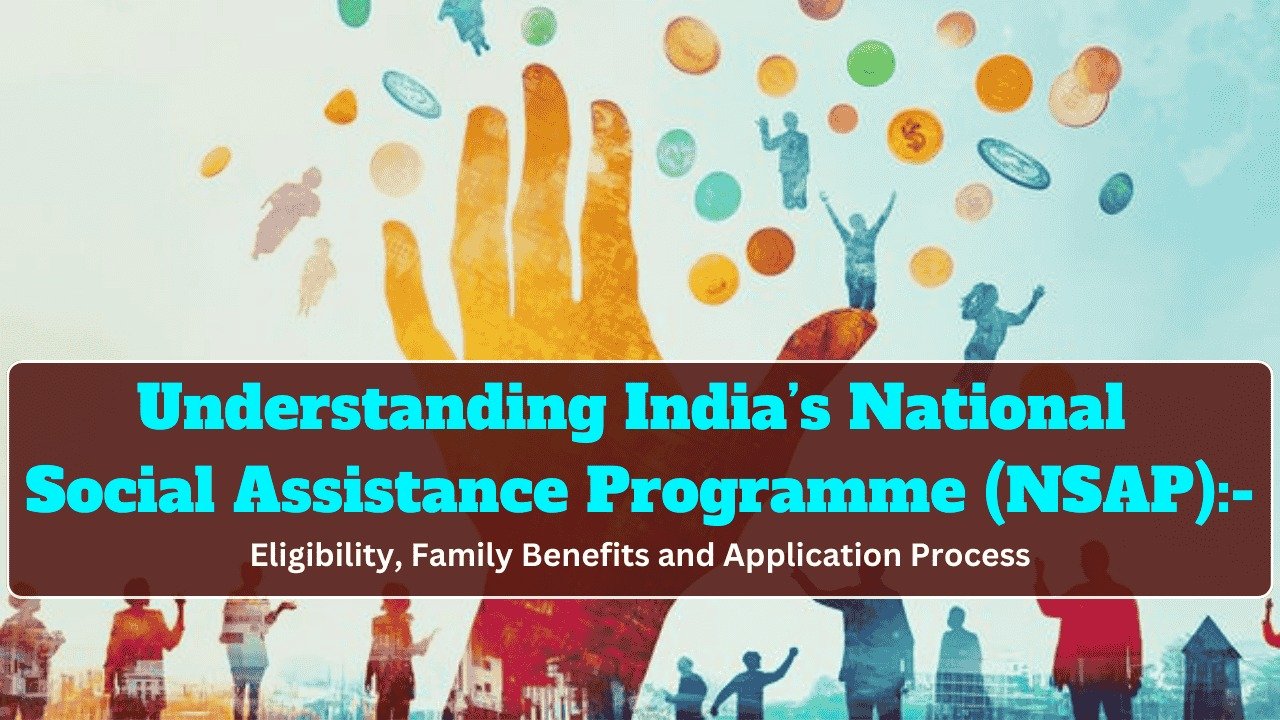
Climate change poses significant challenges to rural communities that rely heavily on agriculture and natural resources. The National Rural Livelihoods Mission (NSRLM) offers a powerful framework for building climate resilience through sustainable practices. This article explores how NSRLM can help rural communities adapt to changing climate conditions while strengthening livelihoods and protecting the environment.
Understanding Climate Resilience in Rural Settings
Climate resilience refers to a community’s ability to withstand, adapt to, and recover from climate-related disruptions. For rural communities, this means developing strategies to manage unpredictable rainfall patterns, rising temperatures, and extreme weather events that threaten crops, livestock, and livelihoods.
How NSRLM Can Promote Climate-Smart Agriculture
Crop Diversification
One of the simplest yet most effective strategies is encouraging farmers to plant a variety of crops. When farmers grow different types of plants, they reduce their vulnerability to climate shocks. If one crop fails due to unexpected weather, others may survive, providing both food and income security.
Introducing Resilient Crop Varieties
NSRLM can help farmers access seeds and plants that can better withstand drought, flooding, or extreme temperatures. These climate-resilient varieties often require less water and can thrive in challenging conditions.
Sustainable Farming Methods
Practices like crop rotation, agroforestry (growing trees alongside crops), and organic farming enhance soil health and improve water management. NSRLM can provide training on these techniques, which not only build climate resilience but also increase productivity over time.
Technology and Knowledge Support
Weather forecasts, soil testing, and precision farming techniques help farmers make informed decisions about planting, irrigation, and harvesting. NSRLM can bridge the knowledge gap by connecting farmers with these resources and technologies.
Water Conservation and Management Strategies
Rainwater Harvesting
Simple structures to collect and store rainwater can ensure water availability during dry periods. NSRLM can support the construction of ponds, tanks, and other water harvesting systems at both household and community levels.
Efficient Irrigation
Drip irrigation and other water-saving technologies reduce waste and improve efficiency. By using water more carefully, farmers can grow more crops with less water, an essential adaptation as water becomes scarcer.
Community Water Management
When communities work together to manage water resources, everyone benefits. NSRLM can foster community-based approaches to ensure fair access to water for all members, including the most vulnerable.
Groundwater Recharge
Activities that help rainwater soak into the ground rather than run off can replenish underground water supplies. NSRLM can promote practices like contour trenching and check dams that enhance groundwater recharge.
Renewable Energy Solutions for Rural Areas
Solar Power Applications
Solar energy can power irrigation pumps, household lighting, and cooking appliances. NSRLM can facilitate access to solar technologies, reducing dependence on expensive and polluting fossil fuels.
Biogas for Cooking and Energy
Biogas plants convert animal waste and crop residues into clean cooking fuel, creating a circular economy where waste becomes a valuable resource. This reduces the need for firewood, protecting forests and improving air quality.
Exploring Wind Energy Potential
In suitable locations, wind energy can provide power for various needs. NSRLM can help communities assess and harness wind potential where appropriate.
Strengthening Social Safety Nets
Weather-Based Insurance
Insurance schemes that protect farmers against crop losses due to unexpected weather events provide critical financial security. NSRLM can help connect farmers with appropriate insurance options.
Community Support Systems
Strong community organizations can respond more effectively to climate challenges. NSRLM already excels at building Self-Help Groups (SHGs) and Village Organizations (VOs), which serve as platforms for collective action on climate resilience.
Skills Development
Training programs on climate-resilient practices empower community members with knowledge and skills. NSRLM can integrate climate adaptation into its capacity-building activities.
Success Stories and Best Practices
In tribal areas of central India, water conservation projects have transformed agriculture and reduced migration. Women’s SHGs have led impressive changes by adopting diverse crops, natural farming methods, and fish farming. These practices have improved crop yields, soil health, and economic stability.
The formation of Farmer Producer Organizations (FPOs) has facilitated knowledge sharing and collective action, resulting in higher incomes and better social outcomes. These success stories demonstrate the potential of community-led approaches to climate resilience.
The Way Forward
Effective climate resilience requires supportive policies that prioritize adaptation and provide adequate resources. NSRLM can advocate for such policies while forming partnerships with research institutions, NGOs, and private sector organizations to amplify its impact.



